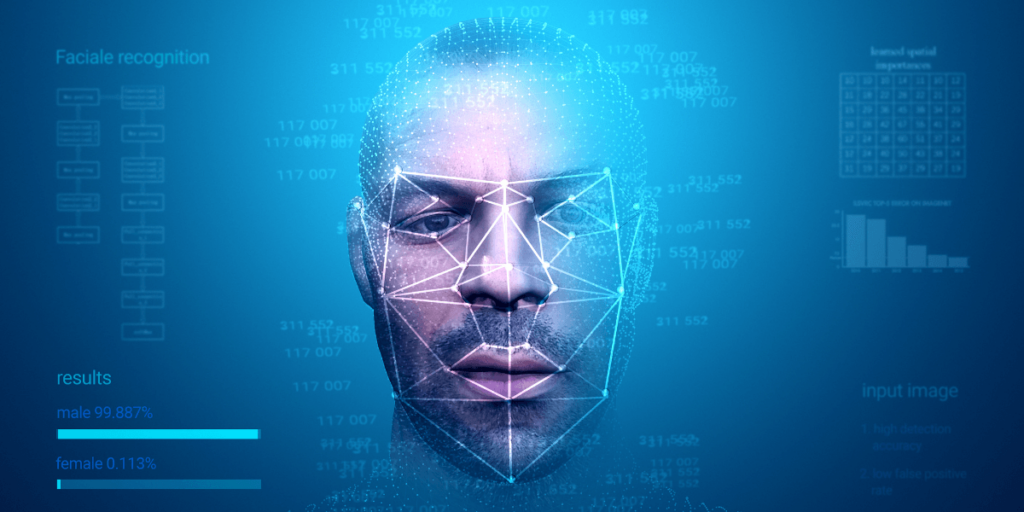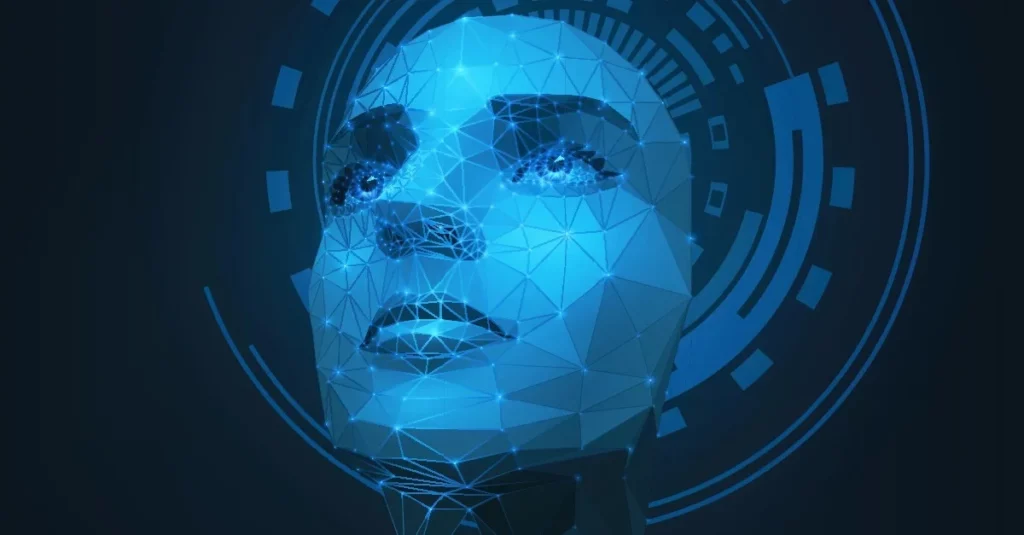Facial recognition methods were first explored in security systems to identify and compare human faces, and are far superior compared to biometric and iris recognition.
After being explored in other fields of study these methods have become a commercial identification tool.
Algorithms have become a necessity for successfully completing a plethora of tasks and form the backbone of all technology.
From AI to facial recognition to internet searches, these powerful processes are a prerequisite for solving specific problems in biometrics, computer science, and day to day life.
Whether face image processing or facial recognition software is used for identification or verification the algorithms used play a fundamental role.

Facial Recognition Software Algorithms
There are several measures that are commonly used to evaluate the performance of face detection algorithms.
These are as follows:
False Positive Rate (Fall-Out): The amount of negative examples that are identified incorrectly as positive.
True Positive Rate (Sensitivity): This is the amount of positive examples that are identified correctly.
F1 Score: This is the harmonic average of sensitivity and precision.
Precision: This is the amount of positive examples that are correctly identified as such.
Mean Average Precision: The mean average precision for each class, where the average precision is the area under the precision-recall curve.
Speed: The time taken for the algorithm to process an image and detect any faces in it.
Memory Footprint: The amount of memory necessary for the algorithm to run.
Robustness: The capability of the algorithms performance on a variety of images, including those with different poses, occlusions and lighting conditions.
Accuracy: The algorithms overall precision, which is the proportion of all examples that are classified correctly .
The National Institute of Standards and Technology (NIST) assesses algorithms for facial recognition software received from vendors from all around the world.
Their set of evaluations previously known as FRVT (Facial Recognition Vendor Tests) which predominantly dealt with the evaluation of ace image quality assessment algorithms, has now been split into two separate disciplines.
FRTE (Facial Recognition Technology Evaluation) and Face Analysis Technology Evaluation (FATE) “see here” for more information.
Summary
There are a variety of face recognition algorithms and there are various methods as to how they are measured.
Although we have pin-pointed the predominant factors pertaining how algorithms are measured, it should be noted that certain environmental factors including illumination, resolution, compression, facial expression and motion blur/focus all play a part in the accuracies of facial recognition, and should be taken into account when evaluating the facial imaging process.


